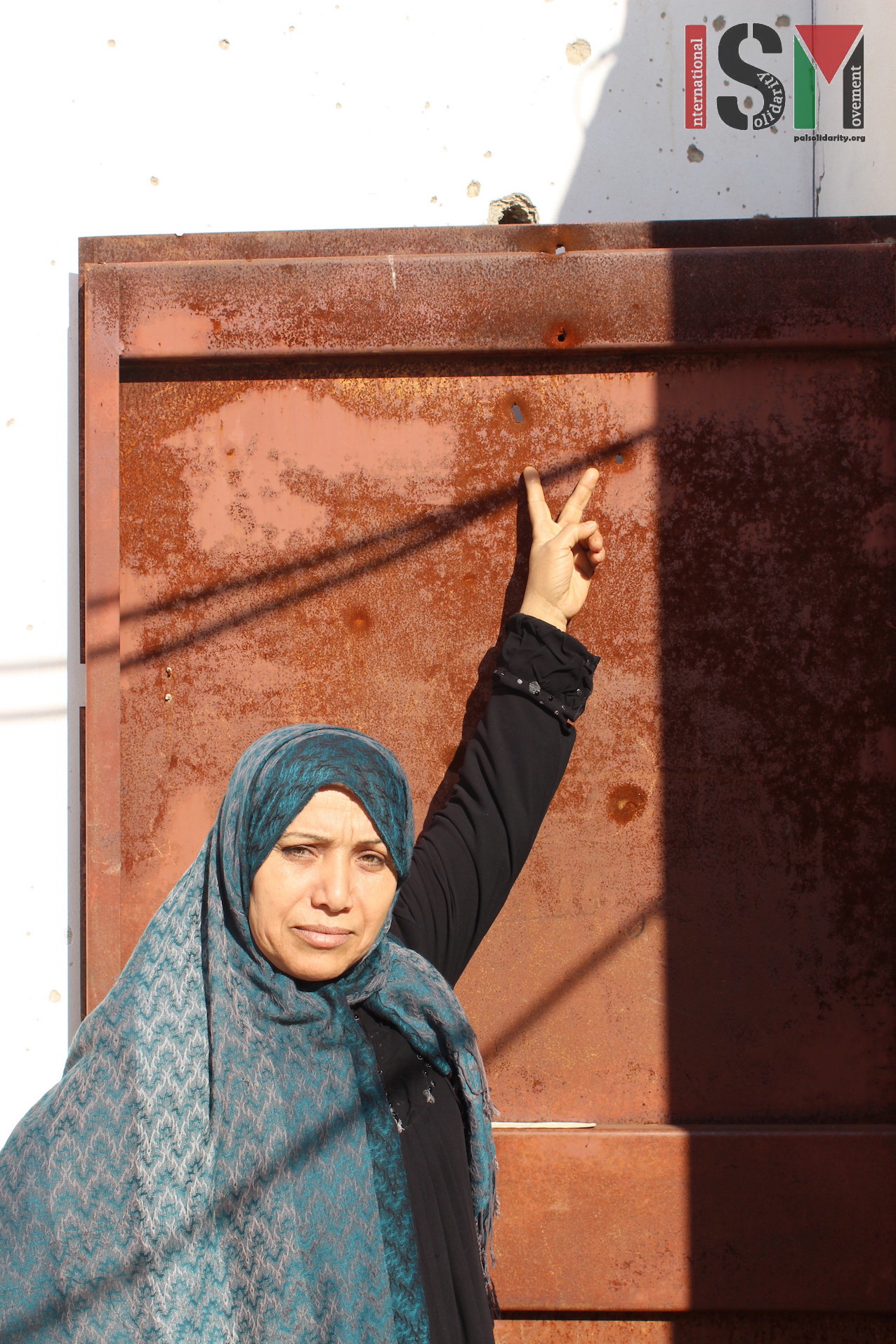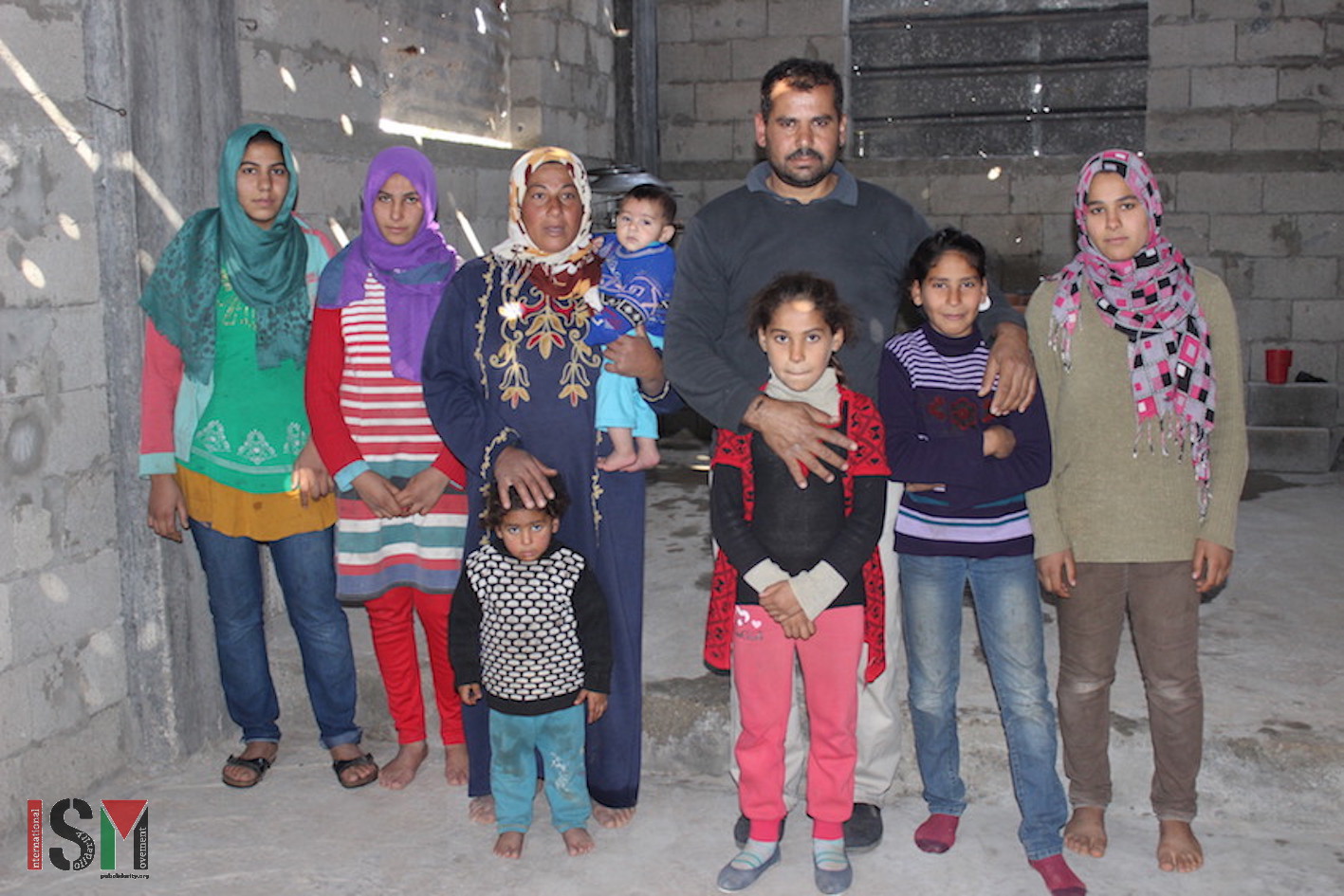Category: Gaza
-
Gazan families struggle to survive in wreckage left by Israel’s 2014 attack
22nd January 2016 | International Solidarity Movement, Gaza Team | Beit Hanoun, Gaza strip, occupied Palestine During the latest massacre in Gaza 60-year-old Fatma was one of the many Gazans who lost her home. She was sheltering in an UNRWA school along with her husband and 4 daughters when the Israeli occupation forces bombed their home. Once the aggression…
-
Gaza families still enduring the aftermath of 2014 Israeli assault
13th January 2016 | International Solidarity Movement, Gaza Team | Beit Hanoun, Gaza strip, occupied Palestine A year and a half after the last massive assault on the Gaza Strip the promised reconstruction has not yet appeared. However, what has not ceased to appear since then are new sequels and side effects due to the Israeli forces’…
-
Israeli forces continue slaughtering Gazan protesters
30th December 2015 | International Solidarity Movement, Gaza Team | Gaza strip, occupied Palestine Last Friday, 25th of December another youth, 22-year-old Hani Wahdan, was killed in Shijaia in Gaza. One week before, 20-year-old Mohamed El Agha was killed in El Faraheen in Gaza. Since the beginning of October Israeli snipers have killed unarmed demonstrators along…



